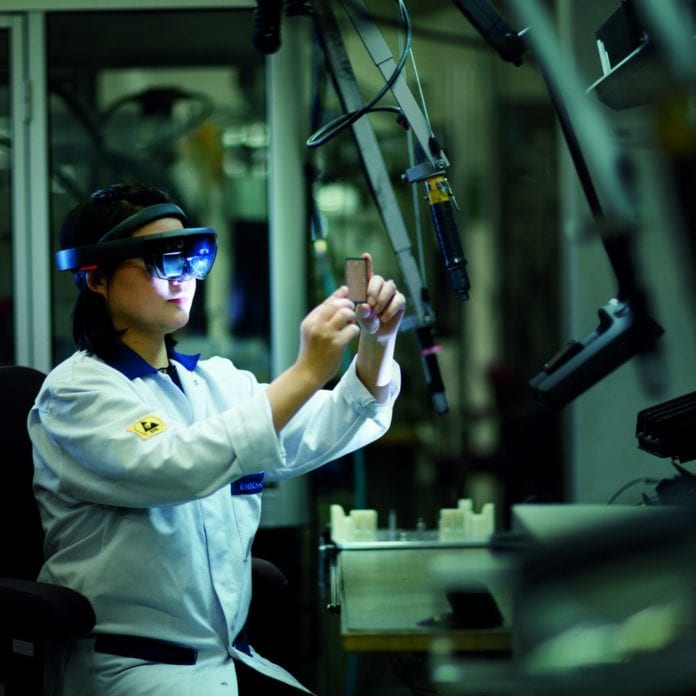With so many players within the IoT space, from device makers to network providers and even traditional enterprises adopting technical solutions, it has been difficult to establish a standard for connectivity, creating a “wild west” of different standards that had held back interoperability of devices/sensors and the growth of the IoT overall. But the advent of 5G, and the 3GPP standards that are part of the next generation of mobile wireless’ development, might be a way to tame the IoT and unlock new value and innovation.
IoT development has always come in fits and starts. Early IoT devices were large and unwieldy until better microprocessors were developed. And storage for the massive amount of data generated by a large scale IoT network was impossible, until the cloud evolved and massive amounts of storage, as well as processing power, was available to everyone at a competitive price.
Now, the industry is at an inflection point. The bookend solutions of processing power and data storage has matured, but the connectivity in the middle hasn’t always been up to speed. It was either not available, too complex or too expensive. Part of what’s held that connectivity back is inconsistent standards in IoT devices and networks, making it difficult for companies to implement solutions at scale. It’s also held back development, as there’s no common tool set.
Ericsson has always been a strong driver of the telecom industry’s standardization work. The company’s researchers have had a hand in every generation of mobile wireless technology – every “G”, if you will – and 5G is no different. The better security, energy efficiency and specialization (through network slicing) aspects of the 5G standards will play a role in helping the IoT achieve its true potential.
More consistent standards may bring the IoT to a new level by enabling massive operations at an affordable cost. Many people think of the IoT as a single-focus, consumer-centric technology, with examples like smart speakers or doorbell cameras. But the true potential of the IoT has always been in more critical operations in places like smart cities or factories. Carriers are starting to deploy IoT specific networks that can handle the massive data needs without competing with other local traffic – imagine a factory where interconnected machinery grinds to a halt because too many employees are watching cat videos. A dedicated 5G network guarantees traffic will be prioritized and available. In addition, more consistent standards means that the carriers that already power the biggest networks in the world can put their infrastructure behind it, creating a common network where IoT can thrive.
And it’s those kinds of massive IoT use cases that will drive real innovation in the field, empowered by IoT connectivity. Driven by a consistent standard and the need for massive amounts of data, industrial use cases for the IoT, rather than consumer ones, are what will bring about a real revolution in the technology. We stand at a critical juncture. As costs have come down, and the advent of 5G provides an opportunity for consistent standards as well as reliable, secure and low-latency connections, the wilds of the IoT can be tamed and great leaps in innovation unlocked.

